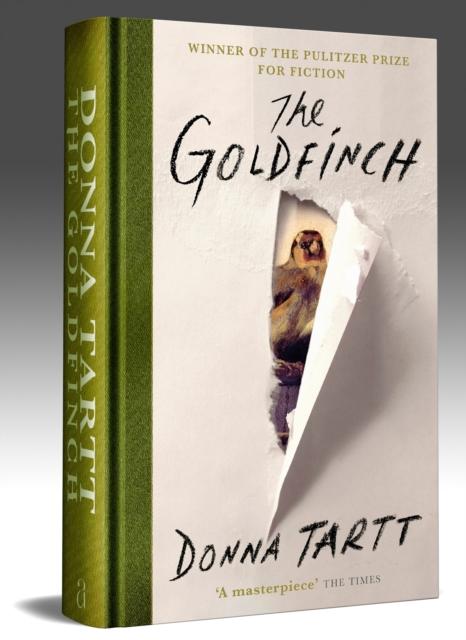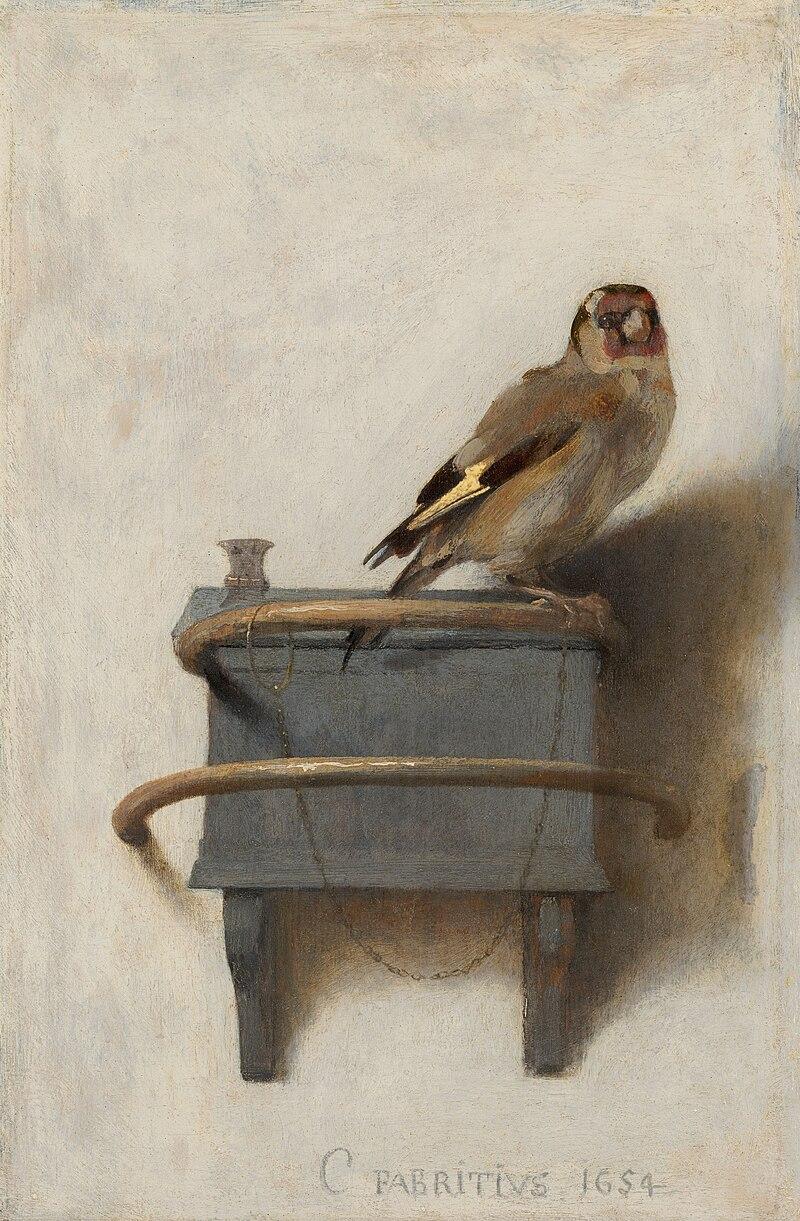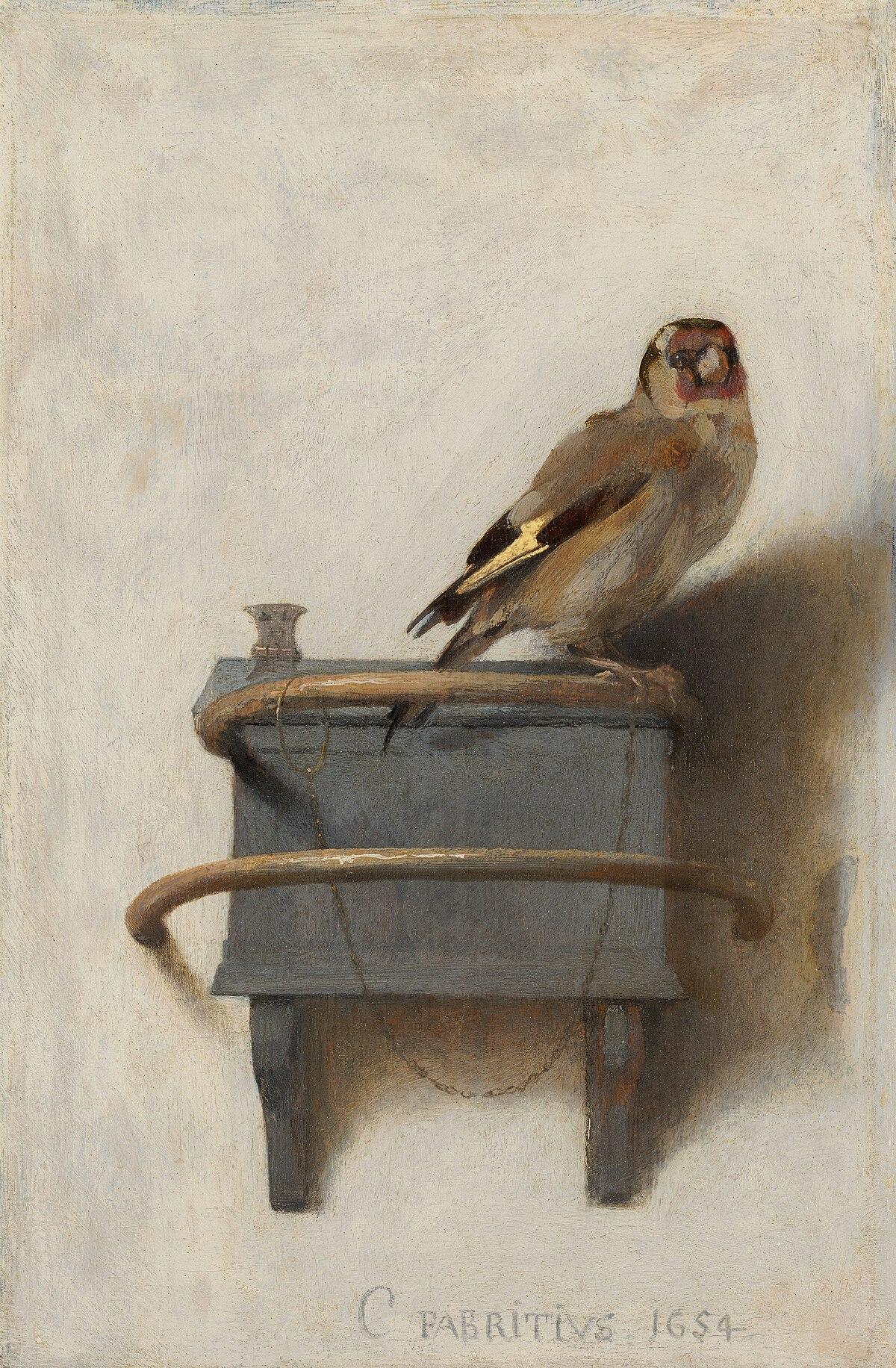In Donna Tartt‘s Pulitzer Prize-winning novel, The Goldfinch, art emerges as a powerful conduit for exploring the complexities of grief. Central to this narrative is Carel Fabritius’s 1654 masterpiece, “The Goldfinch,” which becomes both a symbol and a catalyst for the protagonist, Theo Decker’s, tumultuous journey through loss and healing. This article delves into the intricate ways in which art, as portrayed in the novel, influences the grieving process, offering a nuanced examination of how aesthetic experiences can shape and reflect the human condition in times of profound sorrow. By analyzing key moments in the narrative, this piece aims to uncover the multifaceted role that art plays in mediating grief, providing insight into its potential to offer solace, provoke introspection, and ultimately, facilitate transformation.
Art as a Medium for Processing Grief in The Goldfinch
In Donna Tartt’s novel, The Goldfinch, art serves as a profound conduit through which the protagonist, Theo Decker, navigates the tumultuous waters of grief following the tragic loss of his mother. The painting of the Goldfinch becomes more than just a piece of art; it transforms into a symbol of hope, memory, and emotional survival. Theo’s attachment to the painting underscores the intricate relationship between art and grief, illustrating how art can offer solace and a semblance of stability in a world turned chaotic.
- Emotional Anchor: The painting acts as a steadfast anchor for Theo, representing the unyielding connection to his past and the love he shared with his mother. This emotional tether is crucial for Theo as he grapples with the overwhelming void left by her absence.
- Symbol of Resilience: The Goldfinch itself, depicted as chained yet vibrant, mirrors Theo’s own struggle to find beauty and meaning amidst confinement and despair. Art, in this sense, becomes a medium through which Theo processes his grief, finding parallels between the painting’s resilience and his journey towards healing.
- Escape and Reflection: Engaging with art allows Theo moments of escape, offering him a reflective space to confront his emotions and the reality of his loss. This engagement is a crucial aspect of his emotional recovery, providing a sanctuary where grief can be both acknowledged and transcended.

Emotional Resonance: How Art Facilitates Healing in Times of Loss
In Donna Tartt’s The Goldfinch, the painting by Carel Fabritius emerges as a poignant symbol of survival and resilience amidst the chaos of loss. This novel deftly illustrates how art can serve as a profound medium for grappling with grief, offering solace and a semblance of continuity in an otherwise fractured existence. Through the protagonist, Theo Decker, we witness how the stolen painting becomes a touchstone, anchoring him to memories of his mother and the life he once knew. Art, in this narrative, transcends mere aesthetics, becoming a vessel of emotional resonance that allows Theo to process his grief in a manner words often fail to capture.
- Connection to the past: The painting serves as a tangible link to Theo’s mother, embodying shared moments and a love for art that transcends her physical absence.
- Emotional refuge: As Theo navigates a world filled with uncertainty and loss, the painting offers a constant, providing a sense of stability and familiarity.
- Catalyst for introspection: The Goldfinch challenges Theo to confront his emotions, encouraging a deeper understanding of his grief and ultimately facilitating a path towards healing.
In essence, The Goldfinch underscores the transformative power of art in the healing process, suggesting that even in the darkest times, it is possible to find light and meaning through creative expression.

Analyzing the Symbolism of The Goldfinch Painting in Overcoming Trauma
Within the tapestry of Donna Tartt’s novel, The Goldfinch, the eponymous painting emerges as a potent symbol in the protagonist Theo’s journey through grief and trauma. This 17th-century masterpiece, a modest depiction of a chained bird by Carel Fabritius, becomes a poignant metaphor for Theo’s own feelings of entrapment and longing for freedom. The painting’s simplicity juxtaposed with its profound depth mirrors Theo’s internal struggle—an outward semblance of normalcy veiling the chaos within. As Theo clings to the painting, it represents not just a tangible link to his lost mother, but also the burden of his unprocessed grief, acting as both a comfort and a chain.
The symbolism of the goldfinch extends beyond its representation of captivity; it also embodies resilience and survival. Despite its chained existence, the bird remains vibrant, a testament to endurance amidst adversity. This duality resonates with Theo, who navigates the tumult of his life while grappling with loss and identity. The painting subtly suggests that, like the bird, Theo’s journey is not solely defined by his constraints but by his capacity to endure and find meaning. Through this lens, the goldfinch becomes a beacon of hope, illustrating the potential for beauty and transformation even within the confines of trauma.
- The Goldfinch – A symbol of entrapment and resilience.
- Theo’s Connection – Represents both grief and comfort.
- Endurance – The painting suggests potential for overcoming adversity.

Recommendations for Engaging with Art to Navigate Personal Grief
Engaging with art during times of personal grief can serve as a powerful tool for emotional expression and healing. Art offers a unique language through which emotions can be explored and understood without the constraints of verbal communication. Here are some recommendations for utilizing art to navigate through grief, inspired by the themes and experiences in The Goldfinch:
- Find Relatable Artworks: Seek out art pieces that resonate with your personal experience. In The Goldfinch, the protagonist’s connection to the painting mirrors his own loss, providing a sense of companionship in grief.
- Create Art Journals: Document your emotions through drawing or painting. This act of creation allows for a safe space to process feelings, much like how the protagonist finds solace in the world of art.
- Visit Art Exhibitions: Immersing yourself in an art environment can offer a change of perspective. The diverse interpretations of loss and recovery in art can provide comfort and understanding.
- Engage in Art Therapy: Participating in structured art therapy sessions can facilitate healing. The structured process helps individuals express grief and work through emotions in a supportive setting.
